I cannot be the only one who, in the past, bought a product because it was labelled “organic”, “low-fat”, “sugar-free” or “plant-based”. I should know that most convenience products are ultra-processed and contain weird ingredients. But why do I still fall for it? Well, my friend, let me introduce you to the world of the health halo.

Just when we thought cooking for a family with food allergies or dietary restrictions wasn’t complex enough, modern food marketing adds another layer of confusion: the illusion of health! The Health Halo is a marketing tactic that makes our food sound healthier than it really is. But in this blog post, I’ll show you how to debunk it. Plus, I’ve created a fun little download to give to your children for a game of I Spy (the Health Halo).
What Is the Health Halo Effect?
The health halo is a psychological phenomenon in which the industry highlights the perceived positive attributes of a food, such as “vegan” or “gluten-free”. Perceived, because even this is heavily influenced by lobby groups and large corporations, but that’s a topic for another day. These claims lead us to assume the entire product is healthy, even when it may not be. Food marketers do this deliberately to increase sales and as an opportunity to bump up the price. Because who wouldn’t pay more for a product that improved our family’s health, right?
Common health halo terms:
- Organic – I am a huge believer in organic produce. HOWEVER, the label organic DOES NOT necessarily mean healthier, more nutritious, low in sugar, salt, or fat.
- Low-fat – High-fat has been blamed for our obesity crisis and many related health issues. Low fat, though often means high in sugar to compensate for lost flavour.
- Gluten-free – While GF is the better choice for some, it does not mean healthier. This is particularly true when a gluten-free product is loaded with modified starches and additives.
- Vegan/Plant-Based – Incorporating more plants into your diet is a healthy choice. However, most commercial vegan foods are highly processed, containing refined oils and artificial flavours.
- No Added Sugar/Sugar-Free – A sweet product labelled as ‘no added sugar’ or ‘sugar-free’ may still contain sweeteners, natural sugars, or fruit concentrates. Hence, it is not much better than if sugar were added. Some sweeteners are even considered more harmful than sugar, according to some experts.
- Natural/Wholesome – What does this mean? While this term implies health, the product can still contain lab-created ingredients (like natural flavours) and be ultra-processed.
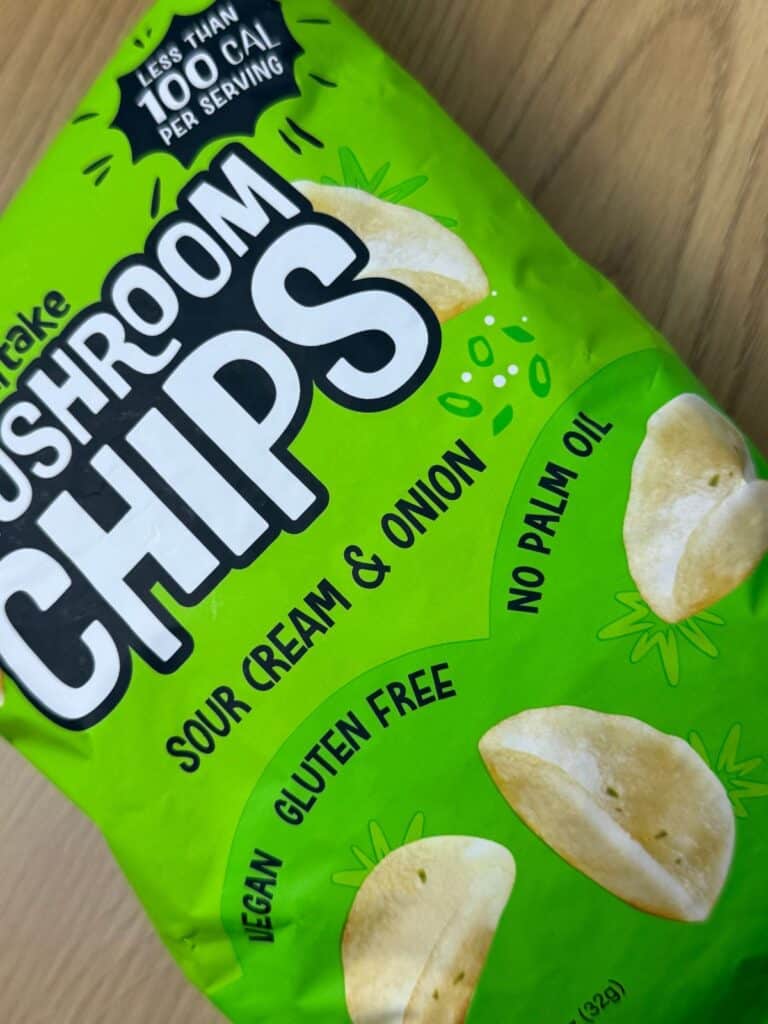
Check how many Health Halo claims you can spot. Sounds all good, but who would have guessed that these chips are made mainly with tapioca starch and contain only 30% shitake mushroom?
5 Halo claims
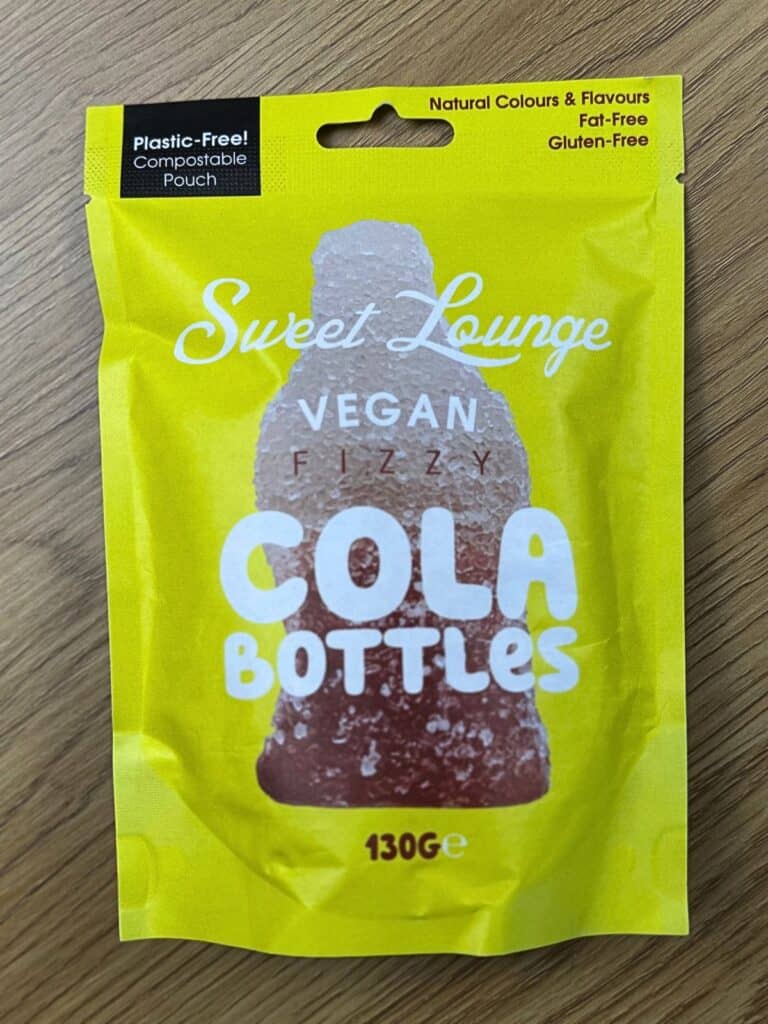
A vegan sour cola gummy bear?! My absolute favourite flavour. However, they are still high in sugar and offer no health benefits. By the way, most gummies are naturally fat-free, and many are gluten-free, anyway!
5 Halo claims.
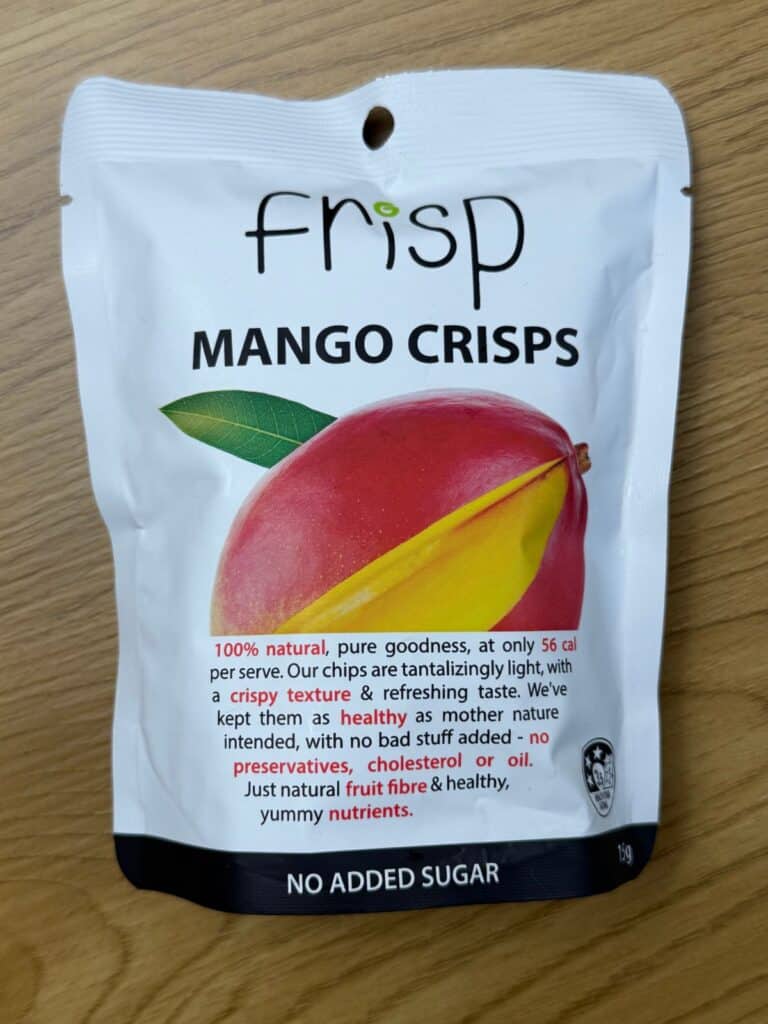
No doubt, dried fruit is delicious! It’s essentially just sugar (some brands even add more sugar). It would be much more filling and healthier to eat that fresh piece of fruit, rather than its freeze-dried version.
10 highlighted Halo claims!

Most of us know that wholegrains are good for you because of added fibre and nutrients. And it’s important to support local manufacturers. But who would have thought that a food could be made with natural ingredients?! I thought this was supposed to be the norm?
4 Halo claims.
How the Food Industry Creates a Health Halo
Millions are spent on food marketing and packaging design to lend a health-conscious glow to highly profitable products. This makes us buy items we could make ourselves within minutes (like my amazing 5-minute Salted Caramel Bliss Balls) and for a fraction of the price. Here’s how they do it:
1. Buzzwords on the Front, Junk in the Back
Front labels use feel-good language to alleviate our doubts and confirm what we wish to be true. Looking at the back, though, the ingredients list tells a different story. For example:
Made with Whole Grains – may still contain refined flour as its main ingredient.
Crispy 100% Australian Potatoes – are still deep-fried chips, no matter where they come from.
2. Smart Packaging
Earth-toned colours, “clean”, organic-looking fonts, and countryside images trick our brains into associating the product with the good old days and sustainability. This happens even if the product is ultra-processed and uses mass-produced ingredients.
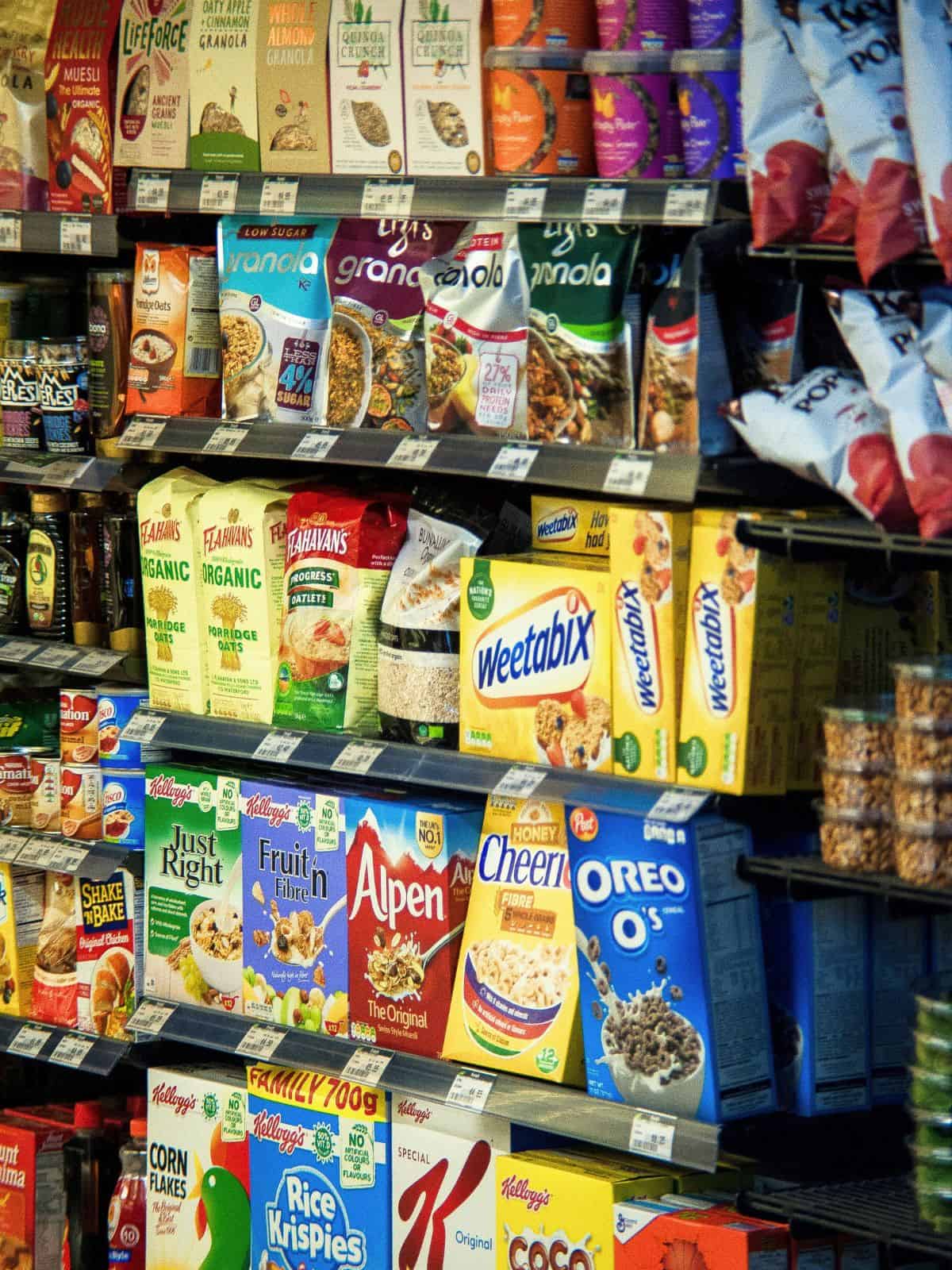
3. Tiny Serving Sizes
Ever fallen for the trick where the packaging says: “Just 99 calories per serve”? Only to realise you’ll have to divide the package by eight (and not two)?! Serving size manipulation is a common tactic used to make you feel better about purchasing “sometimes food” or to distract you from the ingredients.
4. Health Claims Without Context
Claims like “supports immune function” or “heart healthy” often rely on a single ingredient and ignore the overall quality of the food. Sometimes, these claims are based on minor scientific studies (potentially even sponsored by whoever benefits from the study outcome).
The Holy Chicken documentary by Supersize Me’s Morgan Spurlock is a great visualisation of what food marketing is and how it runs the show. You can currently stream it on Amazon Prime and Apple TV.
Why It’s a Problem – Especially for Allergy-Aware Families
Having to read labels for allergens or dietary triggers already, the misdirection of the health halo and the food marketing industry can feel like a betrayal. We’re all trying to do our best, and brands are banking on their marketing agencies, our feeling of helplessness and desire for trust.
The impact of health halo marketing includes:
- Misleading purchases – You may end up with foods that do more harm and might even worsen symptoms or trigger other intolerances.
- Overpaying – Many “healthy” products carry a premium price tag despite poor nutritional value. Consumers are willing to pay a premium for the health of their family.
- Emotional fatigue – Constant second-guessing every food choice is exhausting. In our overburdened world, we sometimes wish there were an easier way.
- Safety risks – Labels like “plant-based” or “all natural” may suggest a product is free of allergens. However, it doesn’t strictly mean 100% vegan or free of lab-produced additives that can cause physical or behavioural reactions.
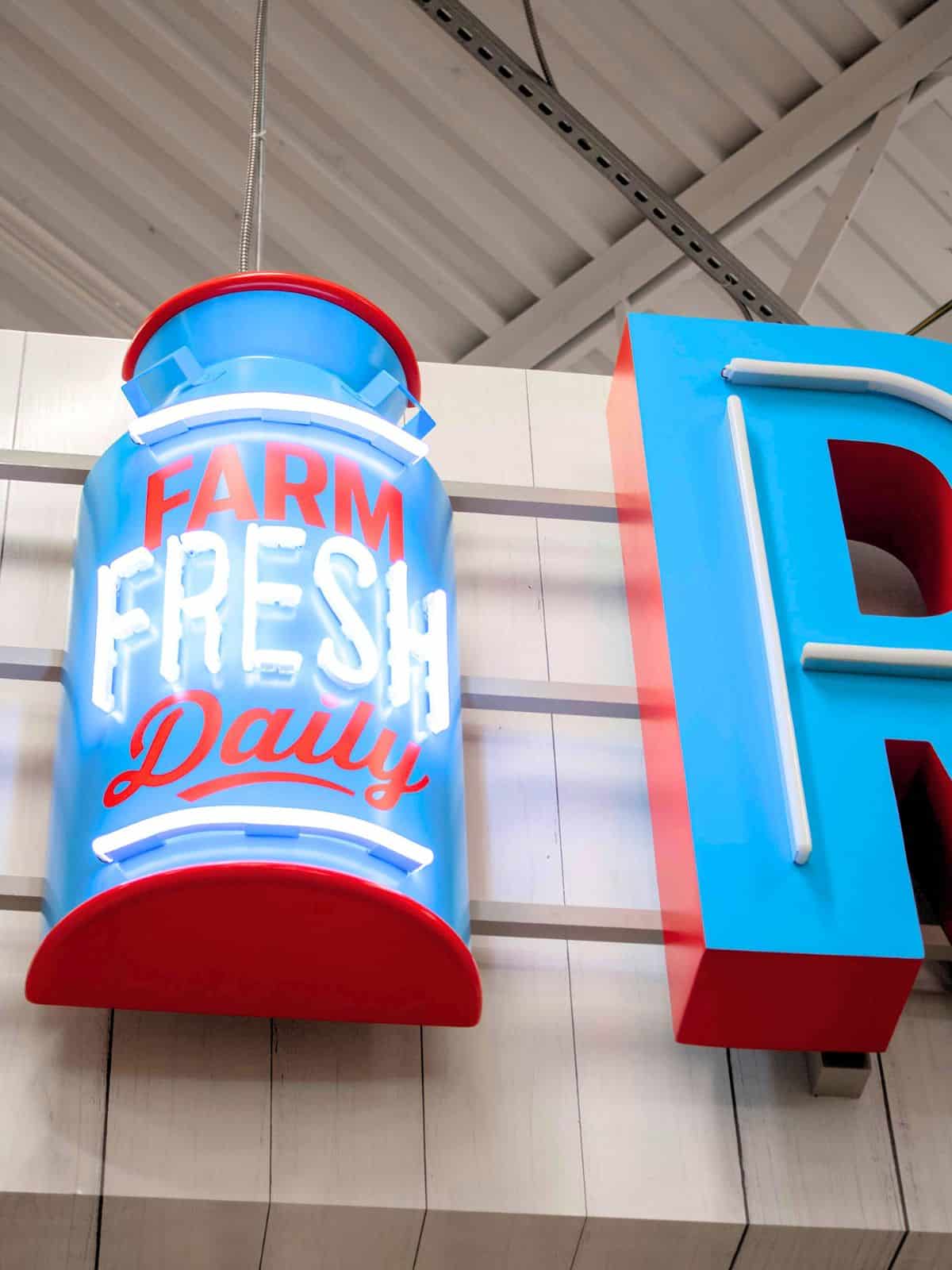
How to Spot and Resist the Health Halo
Here are some practical steps you can take to shop smarter and dodge the halo effect:
Read Ingredients First
Don’t stop at the front of the box. Flip it over and look at:
- First 3 ingredients – These make up the bulk of the product.
- Added sugars – Watch for syrups, juices, and words ending in -ose.
- Refined oils – Like canola, soybean, or vegetable oil, which often replace more nourishing fats and cause inflammation in the body.
- Could it be made at home? – Check all the ingredients. If they are all supermarket staples, it’s an indication that the product is possibly clean and that you could make it yourself at home.
Don’t Assume that Healthy Traits equal Healthy Products
A gluten-free biscuit is still a biscuit. A “no added sugar” juice is still juice, which contains a lot of sugar naturally. And vegan doesn’t mean it’s something natural and therefore good for you.
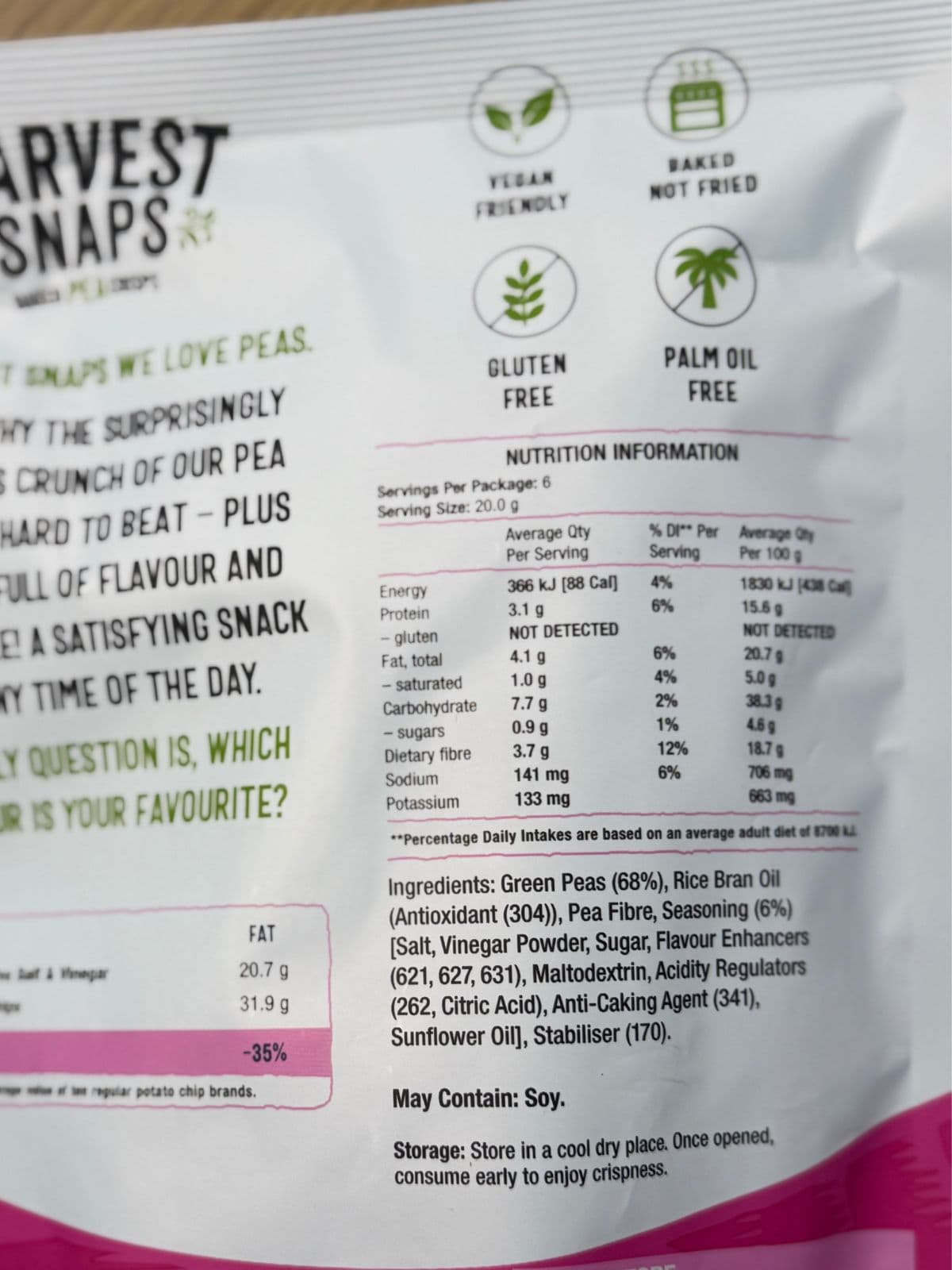
Real Talk: You Don’t Have to Get It Perfect
I believe most of us have been tricked by health halo marketing, and that’s okay. It’s designed to do so. Sometimes I even ignore or accept that I am being played, just because this path of navigating food allergies and intolerances is difficult enough.
But what matters is that we stay curious, that we question front labels, and that we choose real, nourishing food as often as possible. Look for brands that list ingredients, disclose allergy risks, and prioritise real food over processed shortcuts. Trust your instincts, your experience, and your values.
Next time you’re at the supermarket, pause before you toss that “sugar-free, natural, low-fat, organic, protein-packed” snack into your trolley. Read the back. Ask questions. And remember — you get to decide what’s truly good for your family.
You’ve got this. And I’m here to help if you need a hand decoding the chaos of modern food marketing. Just get in touch in the comments below.





